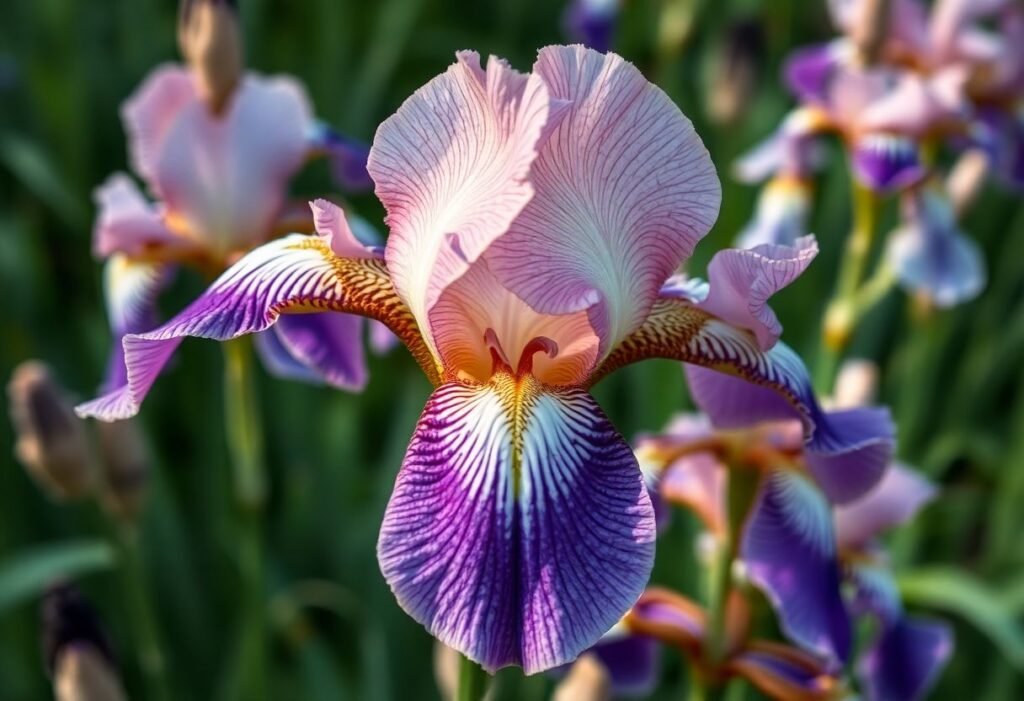Timing Your Iris Pruning
The ideal time to cut back irises is right after they finish blooming, typically in early summer. Once the flowers have faded, removing the spent blooms allows the plant to direct its energy back into developing healthy foliage and robust roots. It’s crucial not to delay this process too long, as waiting can lead to the onset of diseases that could affect the entire plant.
The Importance of Pruning Irises
Pruning irises not only enhances the visual appeal of your garden but also promotes the health of the plants. Proper trimming eliminates dead or diseased leaves, which helps prevent the spread of pathogens and illnesses. This way, your irises will be better prepared to grow stronger and bloom beautifully in the following season.
How to Cut Back Irises
When you decide to cut back your irises, it’s essential to use sharp, clean pruning tools. Trim down the stalks to about 6-8 inches above the ground, leaving healthy foliage that allows the plant to collect energy through the remainder of the season. Ensure that the parts you are cutting are without any sign of disease or damage.
Different Types of Irises and Their Needs
Not all irises are created equal. Different iris species may require distinct pruning approaches. For instance, bearded irises may have a different maintenance routine than Siberian irises. It’s always a good idea to research the specifics of the type of iris you’re dealing with to ensure you give it the best care possible.
What to Do After Pruning Irises
After cutting back irises, don’t forget about fertilization. Using a potassium-rich fertilizer can help support root and shoot development. Additionally, keep a close eye on the plants for any signs of disease or pests so that you can address issues promptly.
Avoiding Common Pruning Mistakes
When cutting back irises, it’s easy to make a few common mistakes, such as pruning too early or leaving too little healthy material behind. Avoid using dull tools as well, as this can cause harm to the plant. Care and precision at this stage can set you apart from the average gardener!
Continued Care for Irises Post-Pruning
Even after cutting back irises, their care continues. Routine watering, pest protection, and appropriate sunlight are key to ongoing growth. Be sure to adjust these factors based on the season and weather conditions to ensure optimal health of your irises.
Conclusion
Pruning irises is a crucial process that can significantly impact the growth and beauty of your plants. Don’t hesitate to learn more about the care and pruning techniques for your irises, so you can enjoy their vivid display for many seasons to come. Prune with love, and your irises will thrive!
Disclaimer
This article is for informational purposes only and does not replace professional gardening advice. These tips align with general plant care principles but may not encompass all possible circumstances.

















